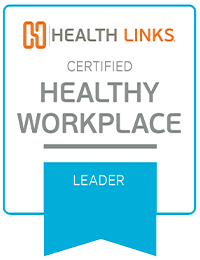
Health Links (HL): Why is the health and wellness of your employees important to you?
Safeway (SW): If you look at our mission and values statement, health and wellness reflects strongly in our beliefs that employee success is critical. It is important that each employee shines and reaches their full potential. Health and wellness was a personal passion of our former CEO and he made it a point to promote health and wellness and make it a critical component for the organization. It is also one of the ways we show our employees that we care about them.
HL: How will you/do you know your program is successful?
SW: We dive deep into evaluation and metrics. Getting feedback from employees and hearing them say that they’ve made health behavior changes and have been successful because of different initiatives is a great measure of success. To cite an example, our Healthy Measures biometric screening program has been monitored over time to track engagement and impact.which is an outcomes-based incentive program. Several employees have taken their screenings, learned about a health risk they have and taken action to address the risk. This program sets people on a pathway to really improve their health. We are seeing employees moving from higher risk profiles to lower risk profiles after being screened.
HL: What obstacles did you have to overcome to get your program started? How did you overcome them?
SW: Safeway is a very large organization with many staff members and many different locations. Sometimes programming comes off as “corporate” or “impersonalized” and that makes it a challenge. Our wellness champions at our locations help make the program relevant to local populations and they help tremendously with getting the message to hit home and resonate with individual employees.
HL: Do you incorporate safety along with your wellness program? If so, what does this look like?
SW: Safeway has an award winning safety program that is very successful in reducing injury rates. There is already a “culture of safety” established but different areas, such as the Denver Division, have really tried to customize the wellness experience. Safety and risk management teams collaborate with wellness ambassadors and champions to synergize and work together on the health and well-being of the organization.
HL: What tip/advice would you give to a business that is considering starting a workplace wellness program?
SW: Talk to your employees and find out what’s important to them. Start small, don’t try and solve all the issues that come up on day one. Small, integral improvements are very important, especially for large organizations. Company dynamics will always be changing so find something that will be important to your employees, test it out, get feedback and improve on the programming you’re providing.

